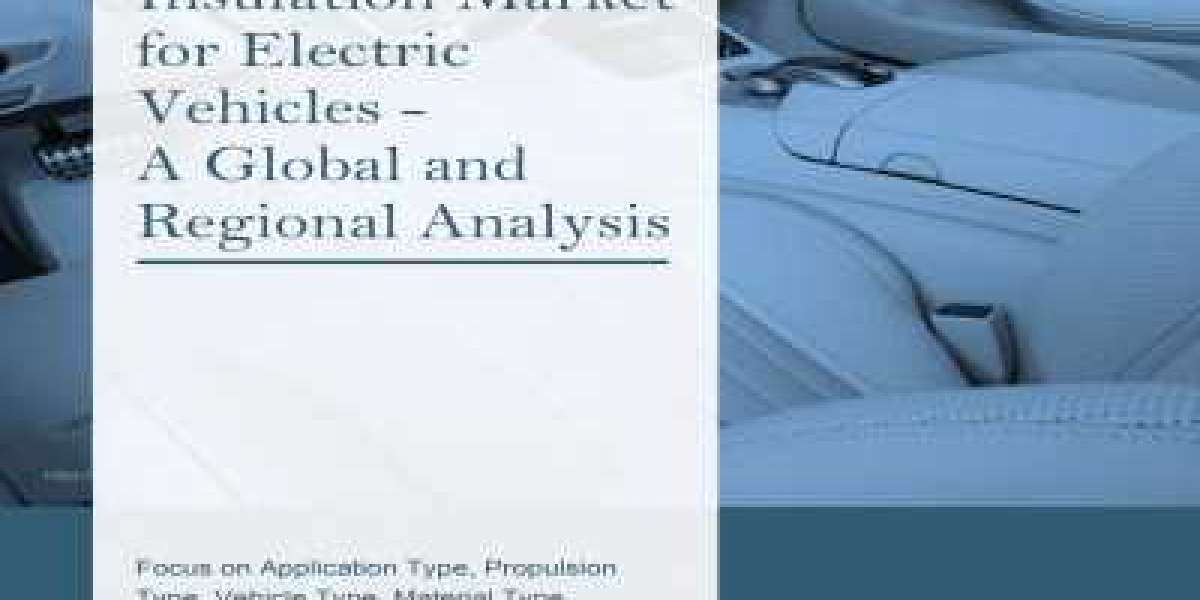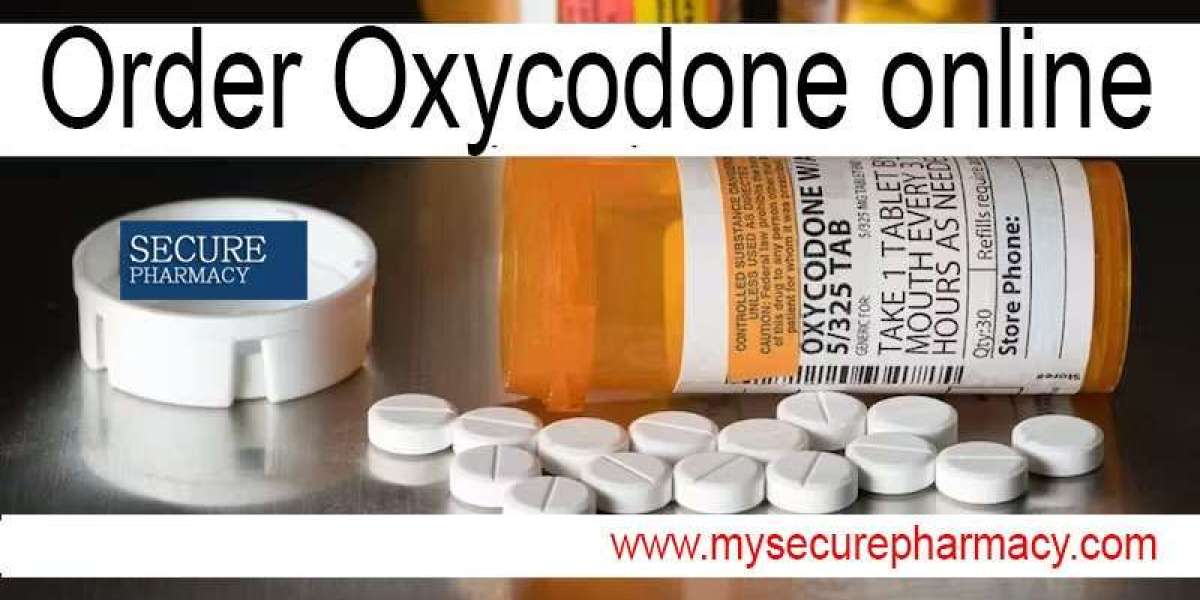The acoustic and thermal insulation market for electric vehicles is projected to reach $1.10 billion in 2031, reveals the premium market intelligence study by BIS Research. The study also highlights that the market is set to witness a CAGR of 20.45% during the forecast period 2021-2031.
Enhanced thermal insulation is needed to protect the battery pack of electric vehicles (EVs) during extreme weather, as the battery can lose its efficiency if its temperature is not maintained while driving. As, engaging the battery system for thermal comfort can, in turn, also affect the driving range and performance of an electric vehicles. This raises the need for adequate thermal insulation in electric vehicles. In addition, ancillary noises hamper the driving experience and disturb the acoustics from sound systems or haptic feedback while driving the vehicle. Due to these circumstances, acoustic insulation in an electric vehicle is of great relevance.
The detailed study is a compilation of 166 Market Data Tables and 84 Figures spread through 226 Pages and in-depth TOC on "Acoustic and Thermal Insulation Market for Electric Vehicles – Analysis and Forecast, 2021-2031"
USP of the Report
- A dedicated section focusing on the futuristic trends adopted by the key players operating in the acoustic and thermal insulation market for electric vehicles
- Extensive competitive benchmarking of top 15 players offering a holistic view of the acoustic and thermal insulation for electric vehicles landscape
- Qualitative and quantitative analysis of acoustic and thermal insulation market for electric vehicles at the region and country-level granularity by application and product segments
Analyst's take on the market
According to Shivam Priyadarshi, Principal Analyst, BIS Research, "The increasing application areas for insulation in an electric vehicle have led to the surging demand for various insulation materials such as foams, fibers, and rubber pads. Automotive original equipment manufacturers (OEMs) have invested in fitting an adequate amount of insulation in their electric vehicles to improve the driving experience, which, in turn, can increase electric vehicle sales. Moreover, huge investments in the form of subsidies and infrastructure development by government and federal agencies to promote electric vehicles to cut down carbon dioxide emissions are further propelling the growth of electric vehicle insulation materials. Hence, the market is expected to grow significantly during the forecast period 2021-2031."
Competition Synopsis and Key Companies Operating in the Market
Players analyzed and profiled in the study involve insulation material manufacturers that capture a maximum share in the acoustic and thermal insulation market for electric vehicles. Moreover, a detailed competitive benchmarking of the players operating in the acoustic and thermal insulation market for electric vehicles has been done to helps the reader understand how players stack against each other, presenting a clear market landscape.
Additionally, comprehensive competitive strategies such as partnerships, agreements and collaborations, and mergers and acquisitions are expected to aid the reader in understanding the untapped revenue pockets in the market.
Some of the key companies operating in the market include ADDEV Materials, Adler Pelzer Holding GmbH, Armacell International S.A., Autoneum, CYG Tefa, INOAC Corporation, Morgan Advanced Materials plc, Pritex Limited, Shanghai Xinan Automobile Sound-Insulation Felt Co., Ltd., Sika Automotive AG, Sumitomo Riko Company Limited, Tecman Speciality Materials Ltd, Toyota Boshoku Corporation, Unifrax, Zotefoams plc.
View the Report from BIS Research: Acoustic and Thermal Insulation Market for Electric Vehicles
Market Segmentation of Acoustic and Thermal Insulation Market for Electric Vehicles based on:
Material Type: The material type segment of the acoustic and thermal market for EV includes foam, fiber, pad and mat, and others. The foam segment is estimated to dominate the acoustic and thermal insulation market for electric vehicles due to their low cost and durability, along with their better additional thermal insulation properties compared to other types of insulation materials.
Application: The application segment of the market is categorized into passenger compartment, rear compartment, under the hood and battery pack, and exterior. The passenger compartment segment currently holds a significant number of application opportunities for insulation materials in an electric vehicle.
Region: The Asia-Pacific region generated most of the revenue in the acoustic and thermal insulation market for electric vehicles due to the increased adoption of EVs. Many prominent vehicle manufacturers are present in this region, which along with various regional governments, have promoted the usage of electric vehicles mainly through government-subsidized affordable EV models.
Request for a Sample: https://bisresearch.com/requestsample?id=1153type=download
Key Questions Answered in the Report
- What are the key drivers and challenges for players in the acoustic and thermal insulation market for electric vehicles?
- How does the supply chain function in the acoustic and thermal insulation market for electric vehicles?
- Which material type segment is expected to witness the maximum growth in the acoustic and thermal insulation market for electric vehicles during the forecast period 2021-2031?
- Which are the key application areas that experienced high demand among acoustic and thermal insulation materials during the forecast period 2021-2031?
- Which are the players that are catering to the demand for different acoustic and thermal insulation materials?
- What are the strategies adopted by market players involved in the acoustic and thermal insulation market for electric vehicles?
- What are the key offerings of the prominent companies in the market for acoustic and thermal insulation for electric vehicles?
- Which regions and countries are leading in terms of consumption for the acoustic and thermal insulation market for electric vehicles, and which of them are expected to witness high demand growth during the forecast period 2021-2031?
- How is the market landscape for insulation material manufacturers expected to be for electric vehicles in future?
- What are the consumption patterns of acoustic and thermal insulation materials across different types of electric vehicles during the forecast period 2021-2031?
- What has been the impact of COVID-19 on the acoustic and thermal insulation market for electric vehicles?
BIS Research Related Market Studies:








